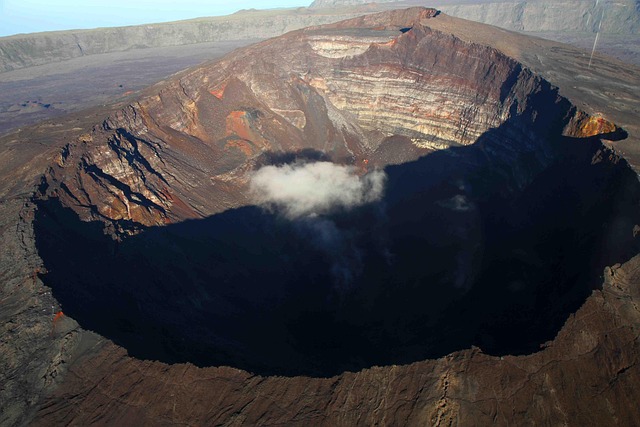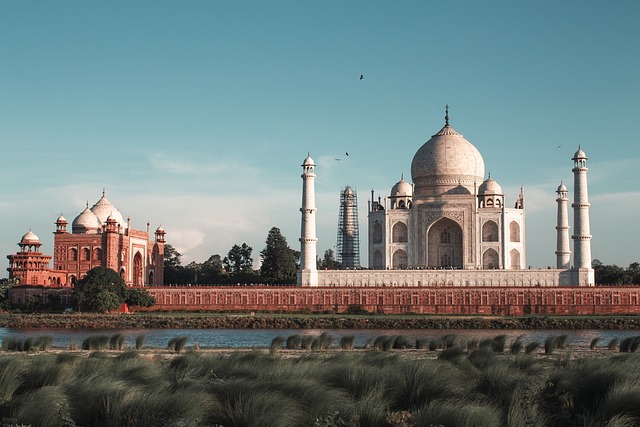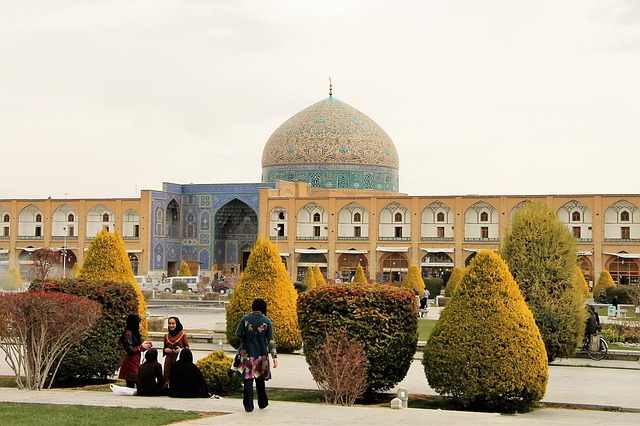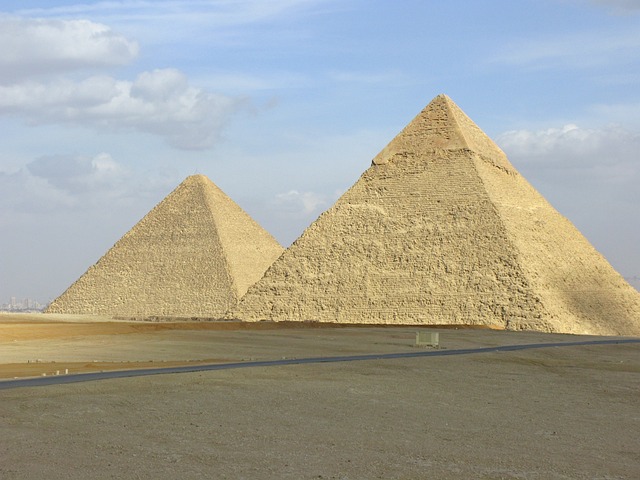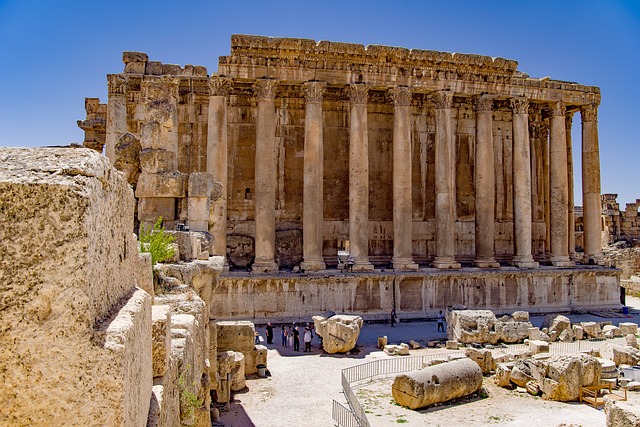Ecuador, a country synonymous with diverse ecosystems, rich cultural heritage, and breathtaking landscapes, is perhaps most famously known for its remarkable volcanoes. Situated along the Pacific Ring of Fire, Ecuador is home to some of the most active and visually stunning volcanoes in the world. For adventure-seekers and nature enthusiasts, these natural wonders present an unparalleled opportunity to explore their rugged beauty, soak in breathtaking views, and witness the dramatic forces of nature at play. In this blog post, we will delve into some of the prominent volcanoes of Ecuador, their historical significance, and tips for visiting them.
The Geology of Ecuador’s Volcanoes
Before we dive into the individual volcanoes, it is essential to understand the geological context that shapes this magnificent country. Ecuador is traversed by the Andes Mountains, which were formed by the tectonic interactions of the Nazca Plate and the South American Plate. These tectonic movements give rise to volcanic activity, resulting in numerous volcanoes throughout the region. Almost all of these volcanoes are stratovolcanoes, characterized by their conical shape and the ability to produce both explosive and effusive eruptions.
Ecuador’s volcanoes are not just geological wonders; they are a vital aspect of the country’s ecological balance, contributing to rich biodiversity and biodiversity hotspots, including the unique flora and fauna found in the surrounding national parks and reserves.

Must-Visit Volcanoes in Ecuador
Ecuador boasts several remarkable volcanoes, each with its own unique features and allure. Here are some of the most noteworthy:
1. Cotopaxi: The Iconic Giant
Location: Cotopaxi National Park
Standing at 5,897 meters (19,347 feet), Cotopaxi is one of the highest active volcanoes in the world and the second-highest in Ecuador. Its nearly symmetrical cone shape is iconic, making it a favorite among photographers and hikers. The volcano last erupted in 2015, but it remains a popular destination for adventurers who want to conquer its summit or partake in lower elevation hikes through the surrounding national park.
Visitors can explore Cotopaxi National Park, home to diverse wildlife such as llamas, wild horses, and various bird species. You can also visit the Limpiopungo Lagoon, where you can enjoy stunning views of the volcano against a backdrop of tranquil waters.
Hiking Tips: A guided climb is highly recommended for those planning to summit Cotopaxi. The journey can be challenging due to high altitudes and cold temperatures, so proper acclimatization and gear are essential.
2. Chimborazo: The Roof of the World
Location: Chimborazo Wildlife Refuge
Despite being Ecuador’s highest peak at 6,263 meters (20,549 feet), Chimborazo is less frequently climbed than Cotopaxi. The unique positioning of Chimborazo means that its summit is the farthest point from the center of the Earth due to the Earth’s equatorial bulge. Such a distinction gives this volcano an allure that attracts mountaineers and adventurers.
Chimborazo is surrounded by a stunning wildlife refuge, where visitors can spot unique species such as the Andean condor and vicuña. The view from the base is remarkable, with the stark contrast between the snow-capped peak and the dry, high-altitude landscapes.
Hiking and Climbing Tips: Prepare for cold temperatures and variable weather conditions. Guided ascents are necessary for safety, and it might be wise to spend some acclimatization time at the base before attempting the summit.
3. Quilotoa: The Stunning Crater Lake
Location: Quilotoa Loop
Quilotoa is famed for its extraordinary turquoise crater lake, the result of a collapsed volcanic caldera. It is one of the most picturesque locations in Ecuador, attracting hikers, photographers, and nature lovers. The lake’s vibrant color changes depending on the time of day and the weather—creating opportunities for breathtaking photographs.
Visitors can hike around the rim of the crater and even descend to the lake. For the more adventurous, you can kayak on the lake’s surface. The surrounding communities offer an authentic glimpse into the Andean culture, with opportunities to experience local cuisine and craftsmanship.
Hiking Tips: The hike around the crater rim can be challenging, especially at high altitudes. Ensure you have plenty of water and consider taking your time to adjust to the elevation.
4. Antisana: The Enigmatic Colossus
Location: Antisana Ecological Reserve
Antisana, the fourth highest volcano in Ecuador, likely attracts less attention than its more famous counterparts. Standing at 5,758 meters (18,873 feet), it offers breathtaking views of glaciers, lush paramo ecosystems, and stunning wildlife, including the Andean condor.
The surrounding Antisana Ecological Reserve is a paradise for nature lovers, offering opportunities for birdwatching and exploring unique flora. The reserve operates as a vital ecological protection area, supporting conservation efforts and sustainability.
Hiking Tips: While less frequented by tourists, Antisana offers stunning hikes and vistas. Ensure that you are prepared for changing weather and have all necessary gear for high-altitude hiking.

5. Cayambe: The Sweet Volcano
Location: Cayambe-Coca Ecological Reserve
Cayambe is not only known for being the third-highest volcano in Ecuador at 5,790 meters (19,000 feet) but also for its agricultural richness. This region is famous for producing the world-renowned Cayambe biscuits, and you can often find local markets where these treats are sold.
Adventurers can hike to the glaciered summit or trek through the ecologically diverse reserves, where you can observe a broad selection of wildlife including hummingbirds and tarkas. The area is particularly popular for photography, especially during the sunrise when Cayambe is bathed in gold.
Hiking Tips: As with the other volcanic climbs, hiring a guide is advisable, especially for the ascent to the summit, which can be daunting due to altitude and weather changes.
Tips for Visiting Ecuadorian Volcanoes
Weather and Climate
Ecuador has a diverse climate, influenced by its mountainous geography. Altitude plays a significant role in temperature and weather, so pack accordingly. Layers are essential for managing temperature fluctuations, and a good quality rain jacket is a must.
Getting to the Volcanoes
Most volcanoes are accessible via public transportation or organized tours. Renting a car can offer more flexibility, but be aware of the driving conditions and local regulations. Cities like Quito and Ambato serve as primary hubs for accessing various volcanoes.
Acclimatization and Safety
Given the high altitudes of Ecuador’s volcanoes, proper acclimatization is crucial. Avoid strenuous activities for the first couple of days after arrival, and stay hydrated. Be aware of altitude sickness symptoms and know when to descend if problems arise.
Local Culture and Community
Incorporating cultural experiences into your trip enriches the travel experience. Engage with local communities, try traditional foods, and support artisan crafts for a truly immersive experience.
Ecuadorian volcanoes offer breathtaking scenery, thrilling adventures, and an opportunity to connect with nature in profound ways. From the iconic Cotopaxi to the serene Quilotoa, every volcanic destination casts its unique charm, appealing to tourists of all backgrounds. As you explore these geological wonders, you’ll not only embrace the thrill of adventure but also gain a deeper appreciation for the intricate interplay between nature and culture that makes Ecuador such a special place to visit. So grab your hiking boots, pack your spirit of adventure, and prepare for an unforgettable journey into the heart of Ecuador’s majestic volcanoes!

